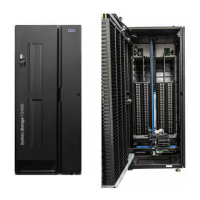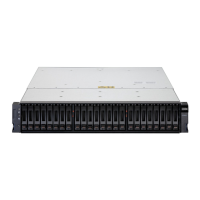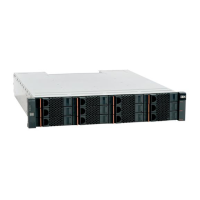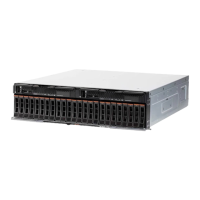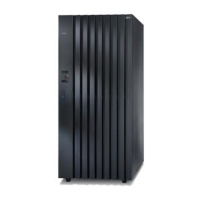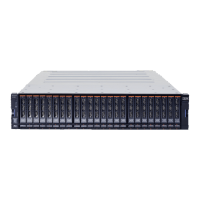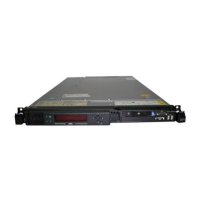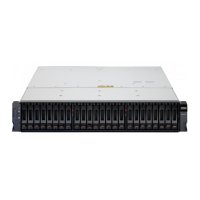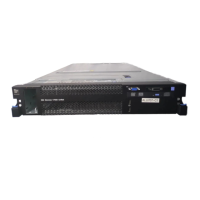Chapter 14. Designing an N series solution 199
14.2.8 Backup servers
Protecting and archiving critical corporate data is increasingly important. Deploying servers
for this purpose is becoming more common, and these configurations call for their own
planning guidelines.
A backup server generally is not designed to deliver high transactional performance. Data
center managers rely on the backup server being available to receive the backup streams
when they are sent. Often, the backup server is an intermediate repository for data before it
goes to back up tape and ultimately offsite. However, the backup server frequently takes the
place of backup tapes.
The write throughput of a backup server frequently is the most important factor to consider in
planning. Another important factor is the number of simultaneous backup streams that a
single server can handle. The more effective the write throughput and the greater the number
of simultaneous threads, the more rapidly backup processes complete. The faster the
processes complete, the sooner that production servers are taken out of backup mode and
returned to full performance.
Each IBM System Storage N series platform has different capabilities in each of these areas.
The planning process must take these characteristics into account to ensure that the backup
server is capable of the workload expected.
14.2.9 Backup and recovery
In addition to backup servers, all storage systems must be backed up. Generally, the goal is to
have the backup process occur at a time and in a way that minimizes the effect on overall
production. Therefore, many backup processes are scheduled to run during off-hours.
However, all of these backups run more or less at the same time. Therefore, the greatest I/O
load that is put on the storage environment frequently is during these backup activities,
instead of during normal production.
IBM System Storage N series storage systems have a number of backup mechanisms
available. With prior planning, you can deploy an environment that provides maximum
protection against failure while optimizing the storage and performance capabilities.
The following issues must be considered:
Storage capacity that is used by Snapshots
How much extra storage must be available for Snapshots to use?
Networking bandwidth that is used by SnapMirror
In addition to the production storage I/O paths, SnapMirror needs bandwidth to duplicate
data to the remote server.
Number of possible simultaneous SnapMirror threads
How many parallel backup operations can be run at the same time before some resource
runs out? Resources to consider include processor cycles, network throughput, maximum
parallel threads (which is platform-dependent), and the amount of data that requires
transfer.
Frequency of SnapMirror operations
The more frequently data is synchronized, the fewer the number of changes each time.
More frequent operations result in background operations running almost all the time.

